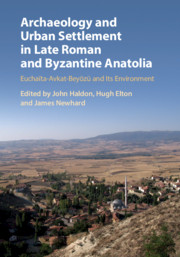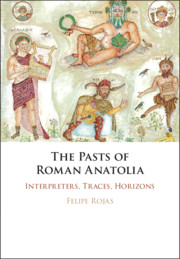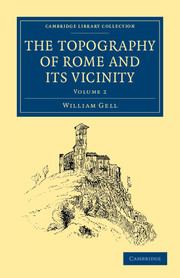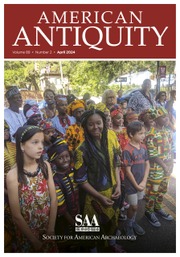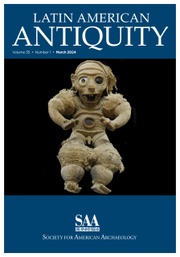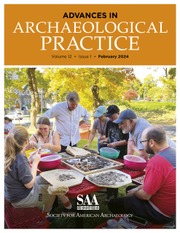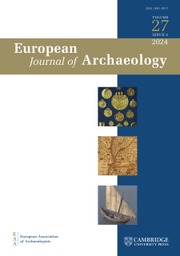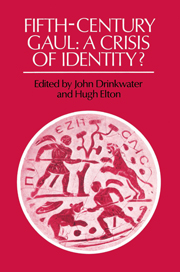Archaeology and Urban Settlement in Late Roman and Byzantine Anatolia
Euchaïta-Avkat-Beyözü and its Environment
$46.99 USD
- Editors:
- John Haldon, Princeton University, New Jersey
- Hugh Elton, Trent University, Peterborough, Ontario
- James Newhard, College of Charleston, South Carolina
- Date Published: October 2018
- availability: This ISBN is for an eBook version which is distributed on our behalf by a third party.
- format: Adobe eBook Reader
- isbn: 9781108698177
Find out more about Cambridge eBooks
$
46.99 USD
Adobe eBook Reader
Other available formats:
Paperback, Hardback
Looking for an inspection copy?
This title is not currently available on inspection
-
The site of medieval Euchaïta, on the northern edge of the central Anatolian plateau, was the centre of the cult of St Theodore Tiro ('the Recruit'). Unlike most excavated or surveyed urban centres of the Byzantine period, Euchaïta was never a major metropolis, cultural centre or extensive urban site, although it had a military function from the seventh to ninth centuries. Its significance lies precisely in the fact that as a small provincial town, something of a backwater, it was probably more typical of the 'average' provincial Anatolian urban settlement, yet almost nothing is known about such sites. This volume represents the results of a collaborative project that integrates archaeological survey work with other disciplines in a unified approach to the region both to enhance understanding of the history of Byzantine provincial society and to illustrate the application of innovative approaches to field survey.
Read more- Expands the basis for discussion and understanding of the region and its history
- Develops our knowledge of the evolution of provincial urban settlement in the Byzantine period
- Suggests new strategies for field survey, data management and interpretation
Customer reviews
Not yet reviewed
Be the first to review
Review was not posted due to profanity
×Product details
- Date Published: October 2018
- format: Adobe eBook Reader
- isbn: 9781108698177
- availability: This ISBN is for an eBook version which is distributed on our behalf by a third party.
Table of Contents
1. Physical and historical introduction Hugh Elton
2. Geology, geomorphology and paleoenvironments Warren J. Eastwood and Hakan Yiğitbaşıoğlu
3. The survey: methods of survey, data collection and management, and artificial planning James M. L. Newhard
4. Travel and communication Sarah Craft
5. The countryside Peter Bikoulis
6. The ceramics, agricultural resources and food Joanita Vroom
7. The archaeology of the city and its hinterland Hugh Elton
8. Euchaïta: from late Roman and Byzantine town to Ottoman village John Haldon
Appendix 1. Remote sensing and geophysical prospection Meg Watters
Appendix 2. The coins Alan Stahl
Appendix 3. Assigning function to survey data using heuristic geospatial modelling James M. L. Newhard, N. S. Levine and O. Adams
Appendix 4. Epigraphy Pawel Nowakowski and Frank Trombley.
Sorry, this resource is locked
Please register or sign in to request access. If you are having problems accessing these resources please email [email protected]
Register Sign in» Proceed
You are now leaving the Cambridge University Press website. Your eBook purchase and download will be completed by our partner www.ebooks.com. Please see the permission section of the www.ebooks.com catalogue page for details of the print & copy limits on our eBooks.
Continue ×Are you sure you want to delete your account?
This cannot be undone.
Thank you for your feedback which will help us improve our service.
If you requested a response, we will make sure to get back to you shortly.
×
